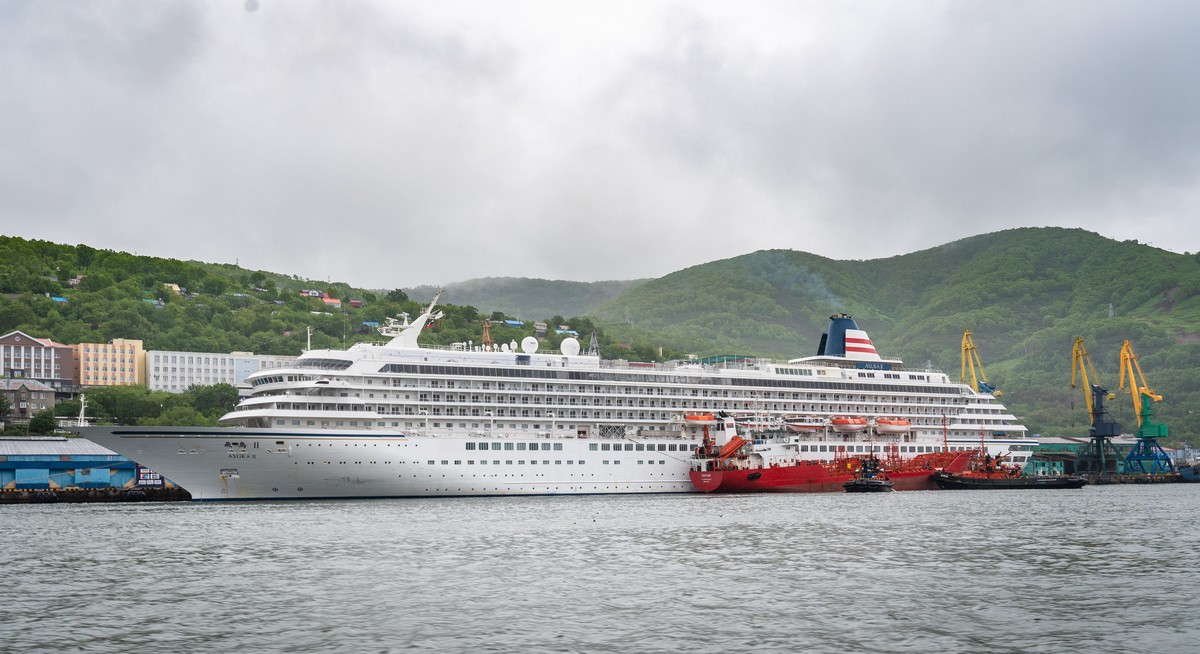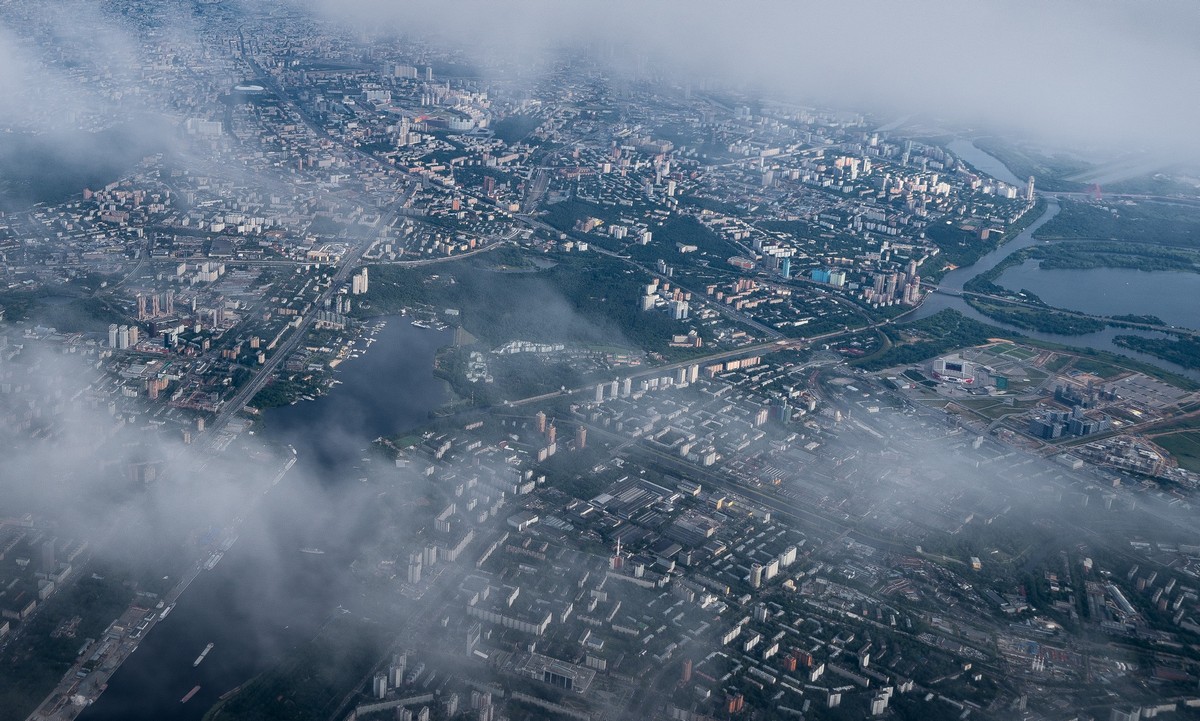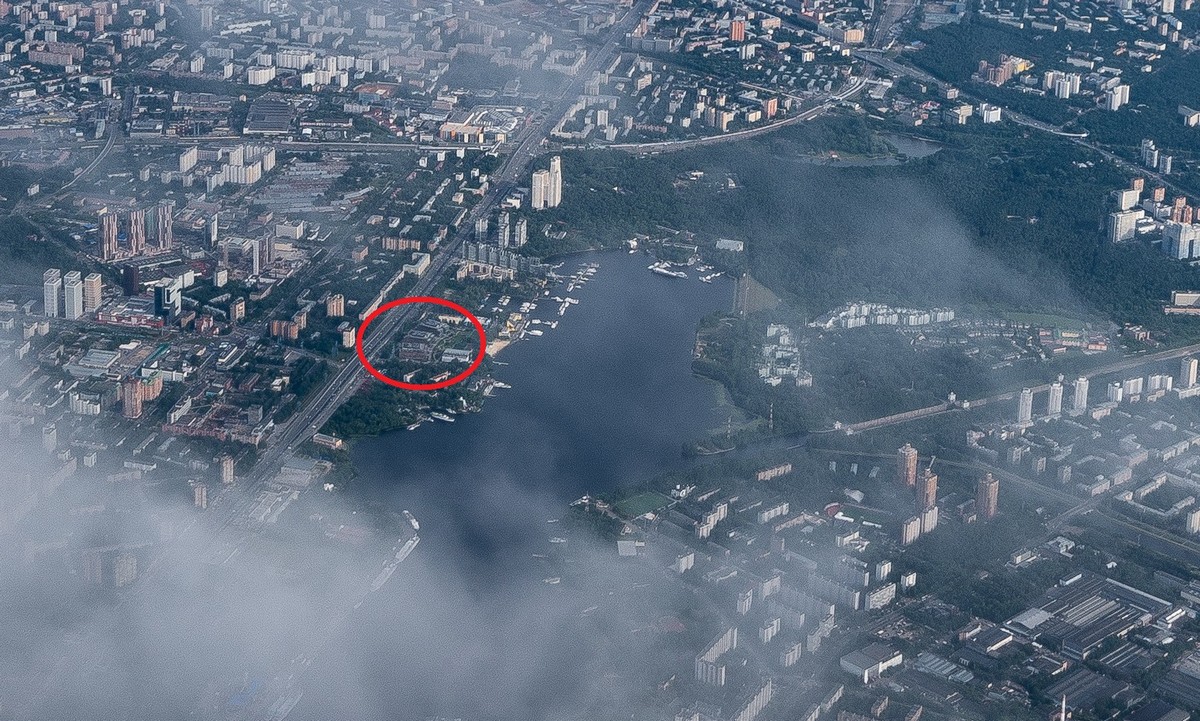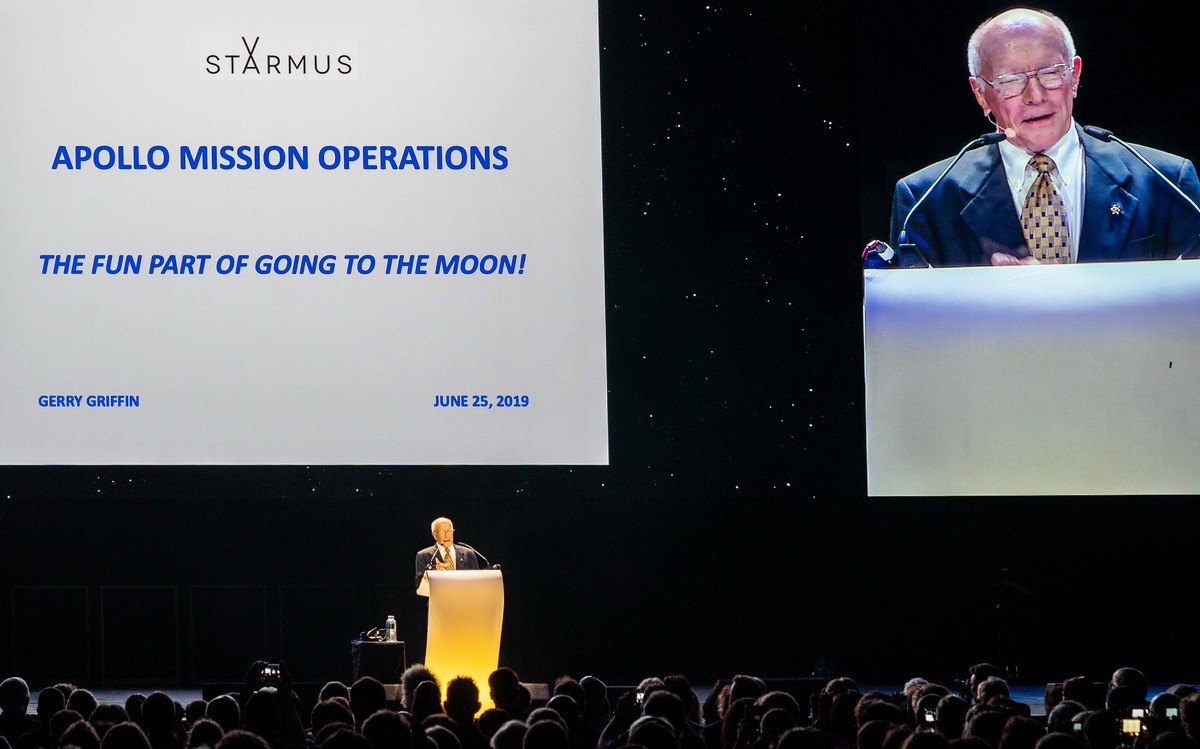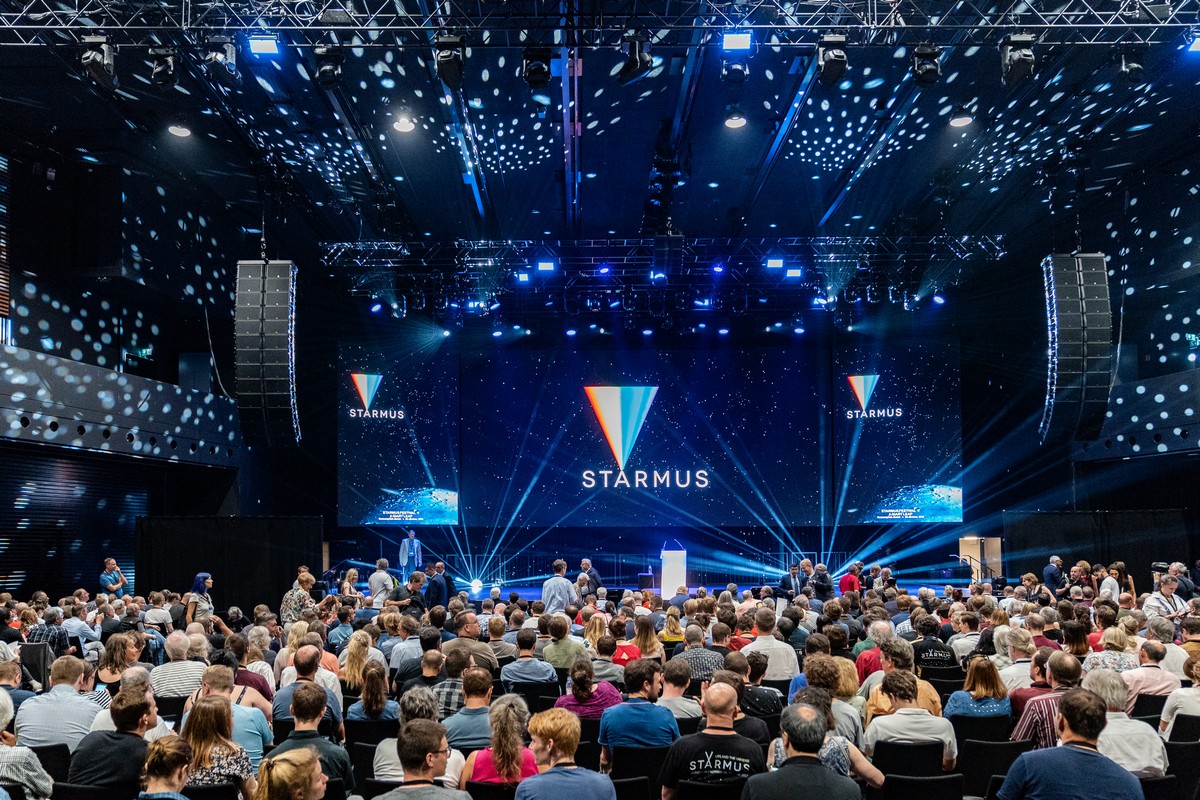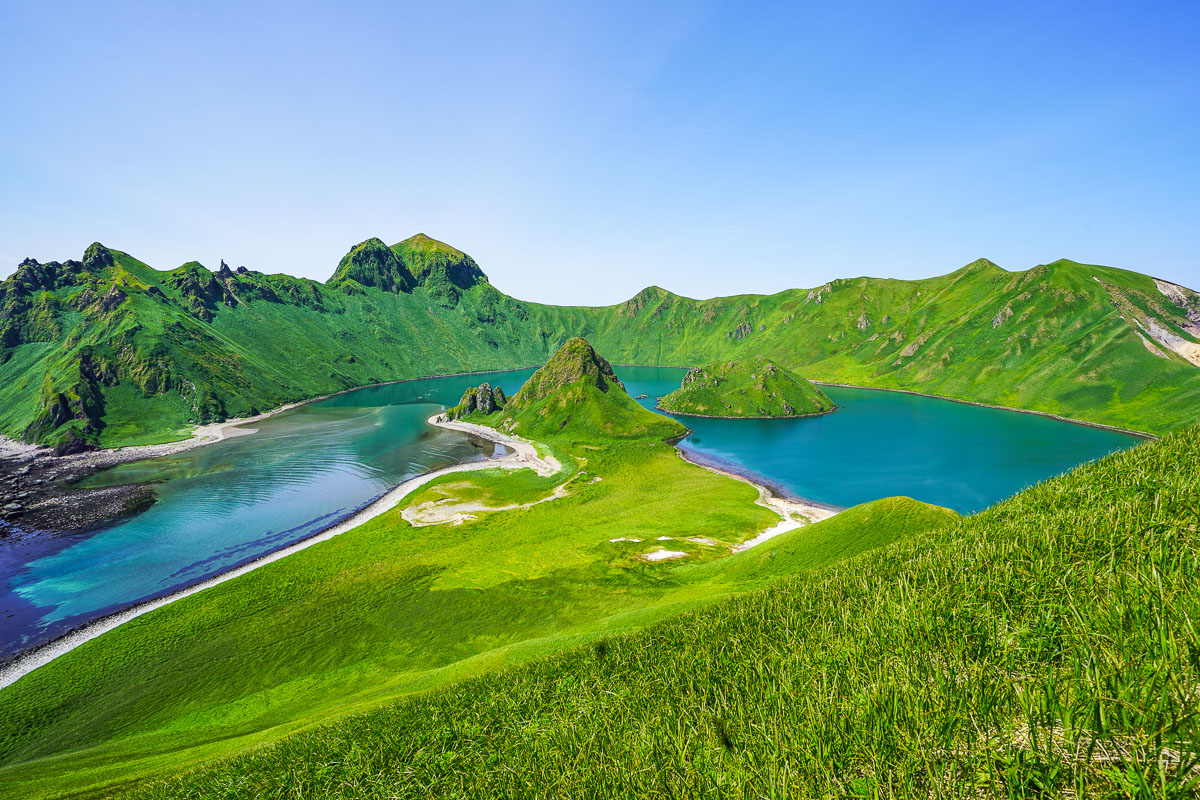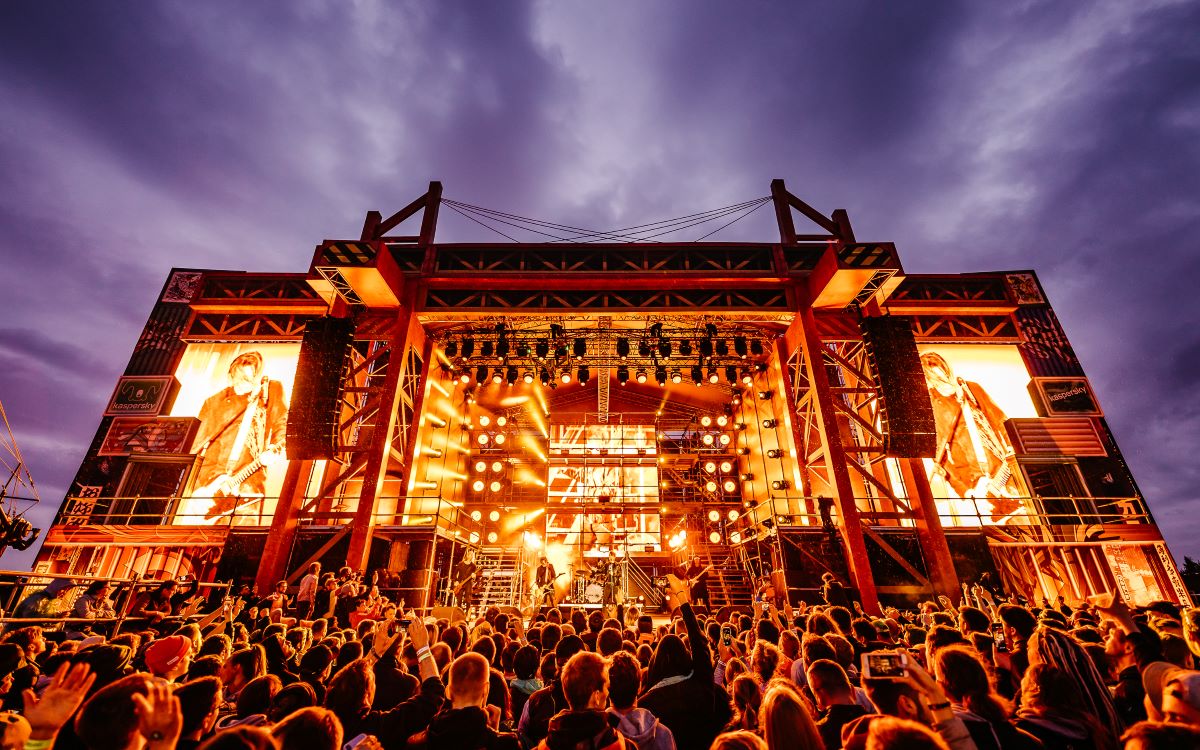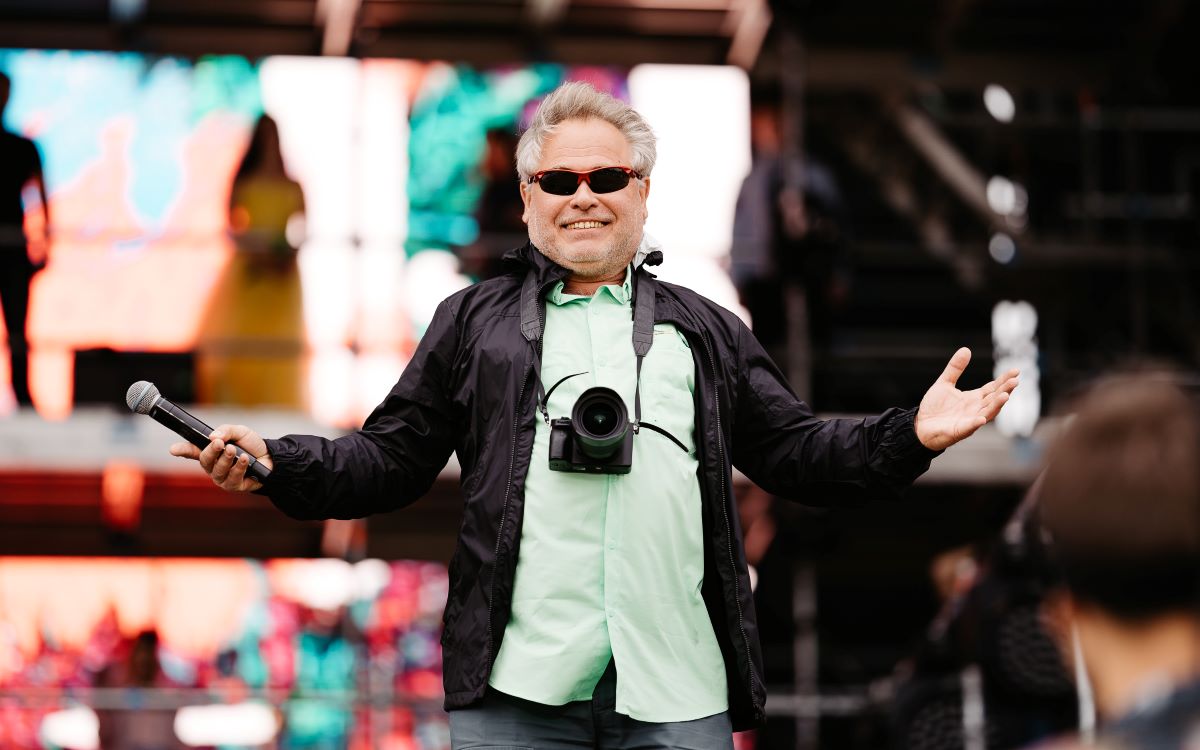August 20, 2019
The ‘Olympic Rupture’ of Alaid Volcano on Atlasov Island – Exclusive Drone Footage!
If the internet is to be believed, there are a total of 56 Kuril Islands, not including the many separately standing and/or grouped rock formations. In all I’ve walked upon 14 Kurils, which doesn’t sound much; however, I chose well – they’re among the most interesting.
As I mentioned earlier, we were going from the northernmost to the southernmost Kurils. The first, northernmost Kuril is Atlasov Island, which is basically a volcano-island, the volcano itself being called the Alaid (pronounced A-la-eed).
The Alaid is 2285 meters high, making the island not only the tallest of all the Kurils – but also of all Russian islands (didn’t know that; isn’t the internet just great?:). And since the depth of the Sea of Okhotsk around these parts is around 800 meters, the total height of the volcano from the bedrock under it is a full three kilometers. An impressively colossal construction!
But enough of statistics. The main thing about this volcano-island is how it looks. It’s just so smoothly spherical. So much so, our guides told us how many Japanese who visit say it’s even more beautiful than their sacred Mount Fuji!
I could write at length describing the stunning symmetry of Atlasov-Alaid, but, as I often say, why bother when I’ve lots of photos – plus a video (of the time-lapse variety, no less)?! Here you go ->


